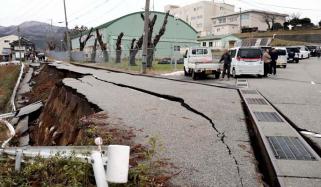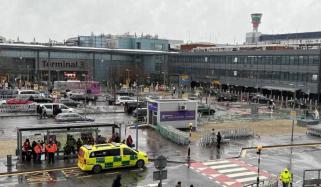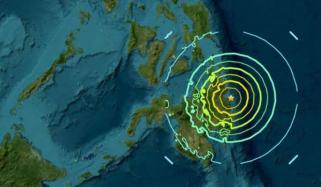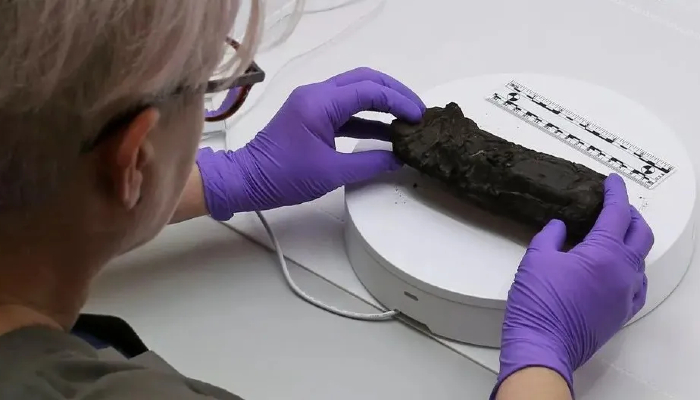
Badly burnt ancient scroll from the Roman town of Herculaneum finally “unwrapped” to reveal 2,000-year-old secrets.
According to BBC, the fragile document that looked like a lump of charcoal due to the volcanic eruption of Mount Vesuvius in 79 AD was “unwrapped” digitally as it was too frangible to be physically opened.
Scientists have used a combination of X-ray imaging and artificial intelligence to unveil the rows and columns of the text of the scroll.
The document was taken to Diamond Light Source in Oxfordshire, where it was unwrapped with the help of a machine called a synchrotron, in which electrons move almost with the speed of light to produce a powerful X-ray beam that can go through the scroll without damaging it.
Adrian Mancuso, director of physical sciences at Diamond, explained, “It can see things on the scale of a few thousandths of a millimetre. We have to work out which layer is different from the next layer so we can unroll that digitally.”
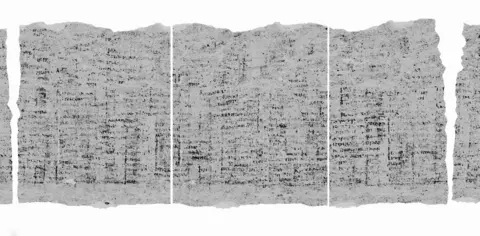
Moreover, Stephen Parsons, project lead for the Vesuvius Challenge, an international competition attempting to unlock the Herculaneum scrolls, said, "We're confident we will be able to read pretty much the whole scroll in its entirety, and it's the first time we've really been able to say that with high confidence."
Some of the words of the ancient text were clearly visible, and after analysing them, the researchers believe that the scroll is about a work of philosophy.
Hundreds of ancient scrolls were found in Herculaneum, a town buried under volcanic ash like Pompeii. Some of the scrolls are made of a thick paper-like material called papyrus, but if someone tries to open them forcefully, they will crumble into pieces.




